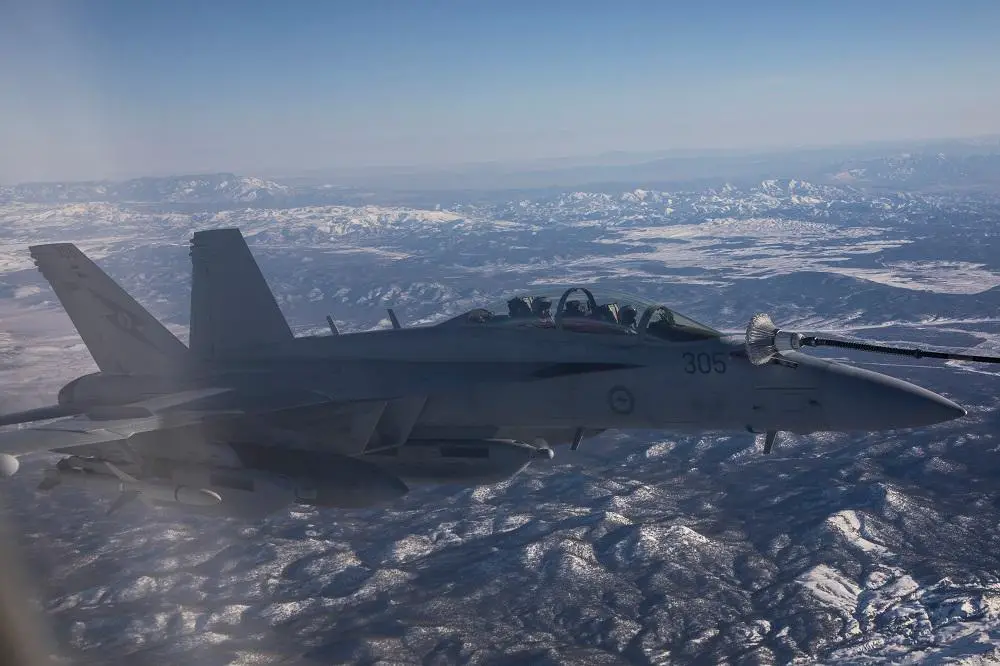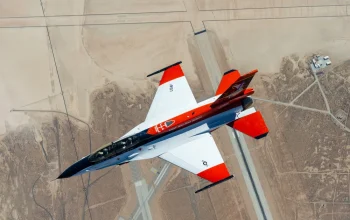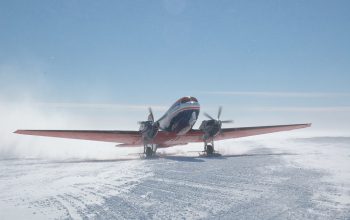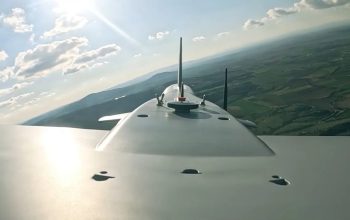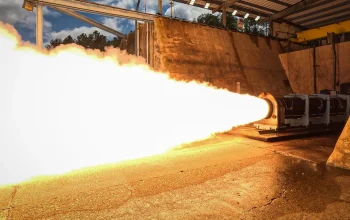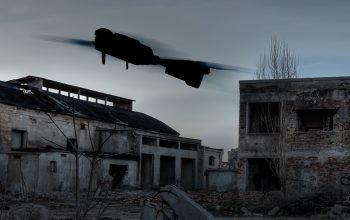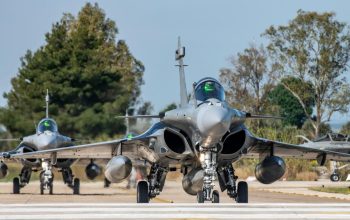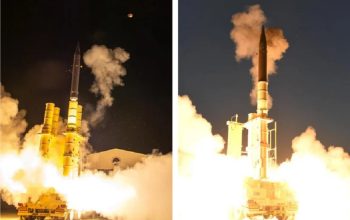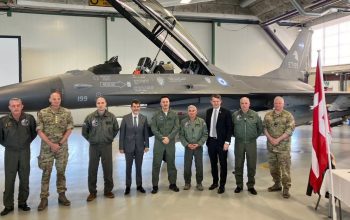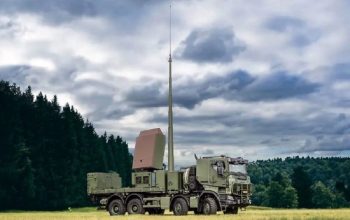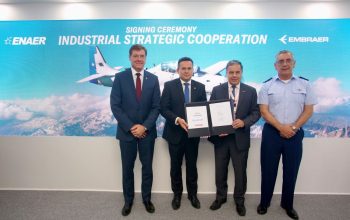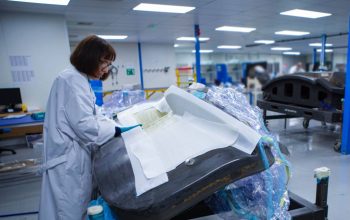Aviators from Royal Australian Air Force (RAAF) 6 Squadron have returned from an exercise that afforded them the opportunity to train in a highly realistic warfighting environment. They made the journey across the Pacific to Nellis Air Force Base in Nevada for the latest iteration of Exercise RED FLAG, which ran from January 23 to February 10. The United States Air Combat Command training activity is designed to expose participants to a wide range of air warfare scenarios. Working alongside 3000 personnel from the United States and United Kingdom, the 6 Squadron contingent flew its Boeing EA-18G Growler electronic warfare aircrafts to provide electronic warfare effects in the battlespace.
Commanding Officer of 6 Squadron Wing Commander Steven Thornton said the “threat replication at the Nevada Test and Training Range and in the airspace utilised for Red Flag is some of the most advanced in world. The Growler provides a unique capability within the battlespace by disrupting, deceiving or denying a broad range of military electronic systems, including radar and communications. The opportunity to exercise with both the United States and the Royal Air Force in this environment is significant. 6 Squadron crews have to be able to integrate with aircraft and platforms from our partner nations to provide these effects.”
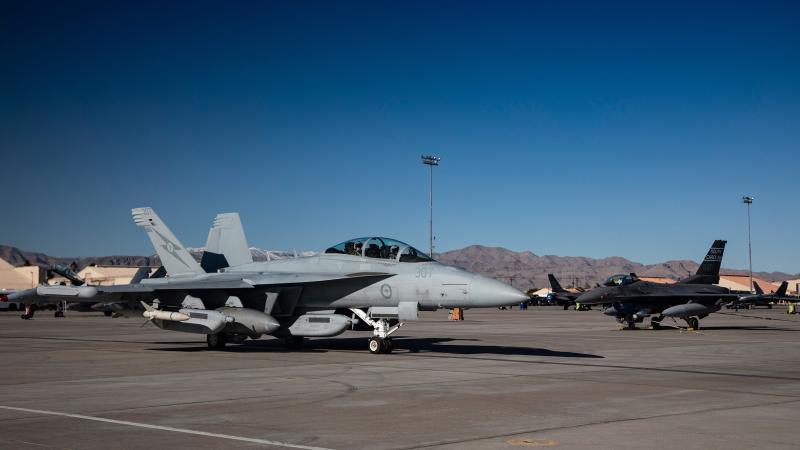
RAAF Growler crews worked alongside a range of platforms including U.S. Air Force F-22A Raptors, U.S. Marine Corps F-35Bs and Royal Air Force Typhoons. Each Red Flag mission involved offensive and defensive air components, forcing aircrew to employ different tactics, techniques and procedures to achieve mission success. Red Flag’s adversary force included the 65th Aggressor Squadron, which flew the F-35A to replicate threats with low observable technologies that might be found in the modern battlespace. The biggest objectives of Red Flag was to prepare aviators for capabilities outside of their specific aircraft and domain.
Creating an advanced training environment at Exercise Red Flag Nellis was the responsibility of the 414th Combat Training Squadron, led by Colonel Jared Hutchinson. “When it comes down to it, the mission of Red Flag is all about readiness. From the very first day that the participants show up they get just about the hardest scenario that we can put together. None of the problems are now solvable by an F-16, an F/A-18 or an F-35. You need an integrated and team solution, across cyber, across space, across the coalition, to solve it. Nobody can do it themselves,” Colonel Hutchinson said.
